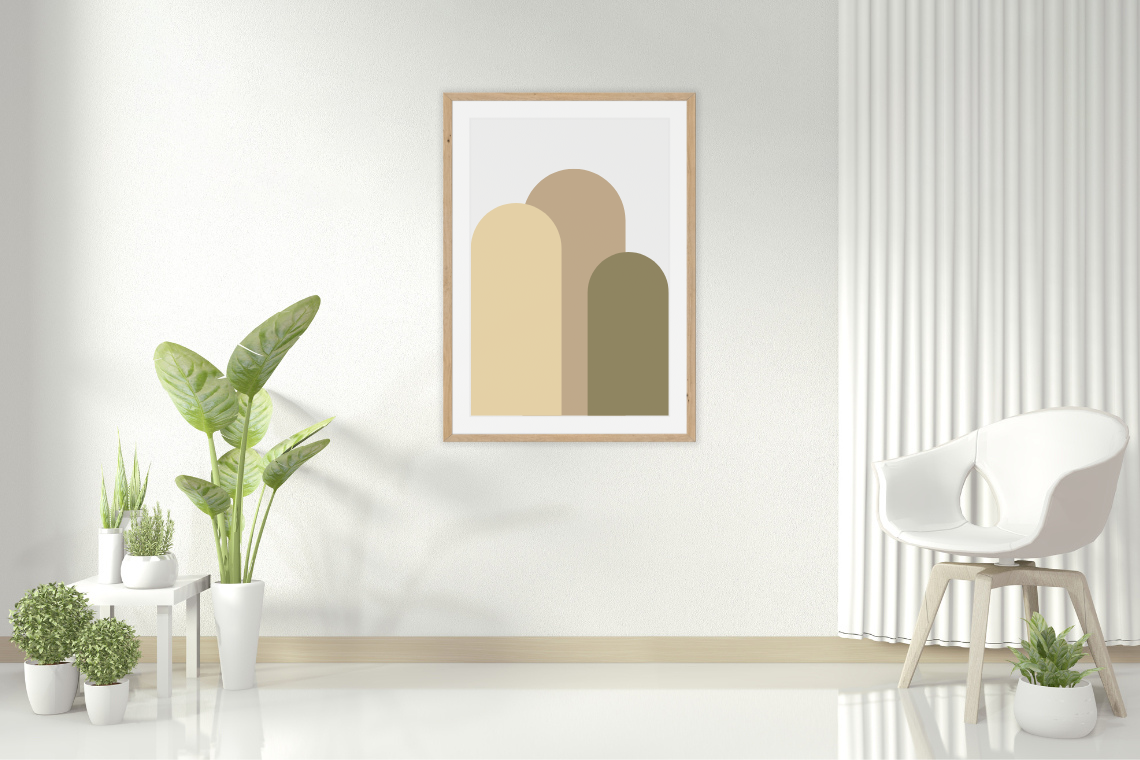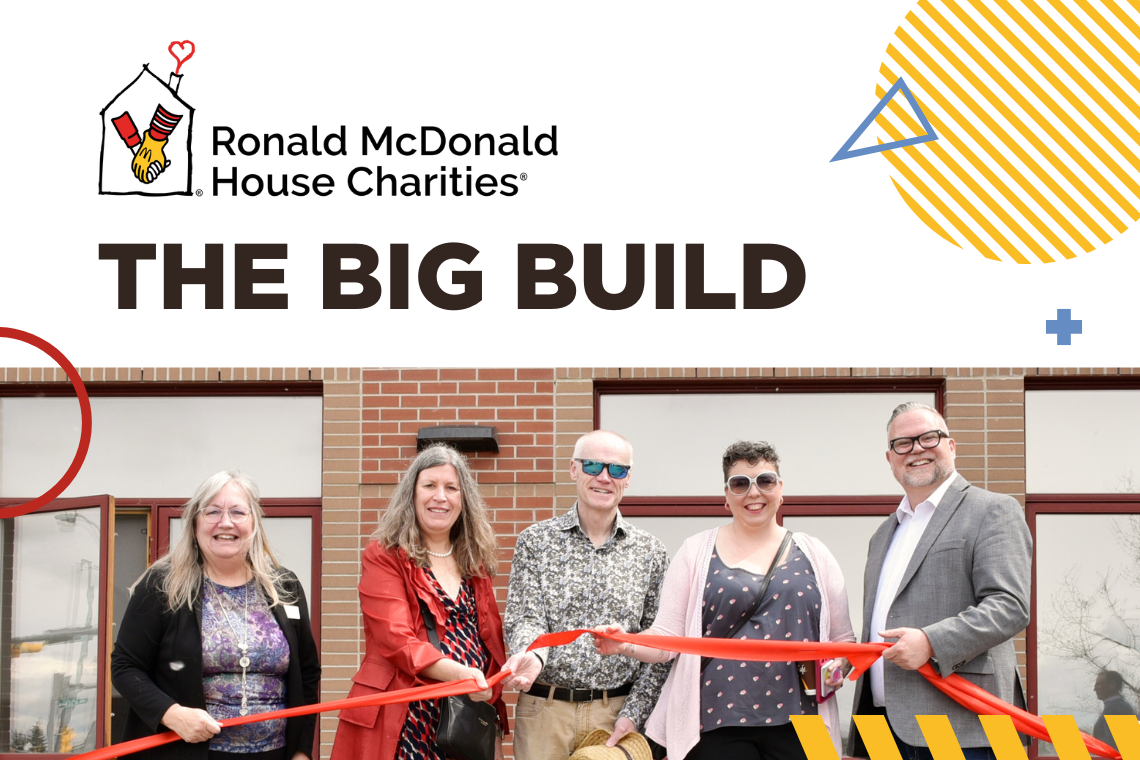
May 02, 2024 | CREB
Design matters: How interior design impacts our health
Our homes are our sanctuaries to unwind, relax and just be. But nowadays, they’ve also become our offices. As we spend more time indoors, how can we stay healthy? Interior design might be the answer.
“There are intentional solutions aimed at improving wellness through home design,” says Annabelle Mastalic, a registered nurse turned interior decorator, certified aging-in-place specialist, and founder of ADM Interiors, an interior design firm focused on enhancing the quality of life at home through design.
She adds, “In our homes, design elements like lighting, colours, and layout impact our moods and how productive we are.”
When decorating a space, here are the top five elements you must consider, according to Mastalic.
Sunlight
The psychological and physical benefits of natural light are undeniable.
“Having lots of natural light coming into the home is good for our mental health, can support our body’s circadian rhythm to support natural wake and sleep cycles,” Mastalic says.
Sunlight also helps reduce depression and can boost happiness and productivity. According to a study from the Journal of Clinical Sleep, workers with windows and more light exposure during the workweek tended to be more productive, physically active, and have better sleep quality.
Spaciousness
Having a design layout that provides a sense of spaciousness in a room can also positively affect our mental health.
“When there’s a good design layout, it’s easier for occupants to move around the home, live with ease and function well,” says Mastalic.
Clutter has been shown to induce stress in an environment. You can make the most of your space and maximize its benefits by focusing on organizing and tidying it so there’s more room available for the area to breathe. Some ways this can be done are by using wall hangers or standing shelves.
Biophilia
Biophilia is the idea that humans possess an innate tendency to seek connections with nature. And nature is nurture, so one way to nurture your space, mind and body is by incorporating nature-inspired elements like wood or house plants and flowers. These elements not only provide better air quality but also help improve our moods and well-being.
For instance, having interior plants can lead to more productivity and lower stress levels, according to a study by the Horticultural Research Institute.
In office settings, plants and flowers also help reduce stress. A 2014 study reported that employees who were exposed to roses in the workplace had significantly less heart rate variability than those who weren’t exposed to roses.
But don’t worry if you don’t have a green thumb; having a man-made object that mimics nature can still support a relaxed mood.
Colour
It’s no secret that colours affect our moods, and according to Mastalic, in the appropriate spaces, they can also support our health.
Having relaxing, soothing colours in the bedroom helps promote rest and sleep, while brighter colours in the kitchen and living room can uplift our moods.
“Certain colours provoke physiological responses in the body. For example, green and blue help lower our blood pressure, which can support relaxation, while red and orange have been shown to increase our heart rate and can help us feel more energetic and alert,” Mastalic says.
Implementing universal design
Universal design is the design and composition of an environment so that it can be accessed, used and understood by as many people as possible, including the aging population, families with children, and individuals with cognitive disabilities.
An example of a universal design composition includes having wide doorways or aisles at home so individuals with wheelchairs, canes, walkers and strollers have more freedom to move around the space.
Another example of incorporating universal design is by having lighting on dimmers so occupants can control the light levels, as everyone has different light sensitivity.
In Calgary, local non-profit organization Accessible Housing has paved the way in terms of universal design with Inclusio, a 45-unit accessible housing development in Capitol Hill that has inspired discussion and international attention.
When it comes to our health, interior design can have a significant impact. For this reason, it’s important to be thoughtful about our present and future lifestyles and how interior design can help us improve them.
When renovating or buying a new home, Mastalic recommends being can proactive in the home design so it can support your aging needs and prevent potential risks.
“This way, you can better support your health and create wellness spaces that promote better sleep and relaxation, and nurtures your mental and physical health and safety,” she says.
“Functional designs that encourage activity and prevents injuries like falls or strains can further support our well-being at home.”
Annabelle Mastalic is the founder and creative director of ADM Interiors, a lifestyle design studio specializing in residential projects and wellness focused designs. Learn more about ADM interiors here, or follow on Instagram and Facebook.
Tagged: interior design | Home Design | home decor




